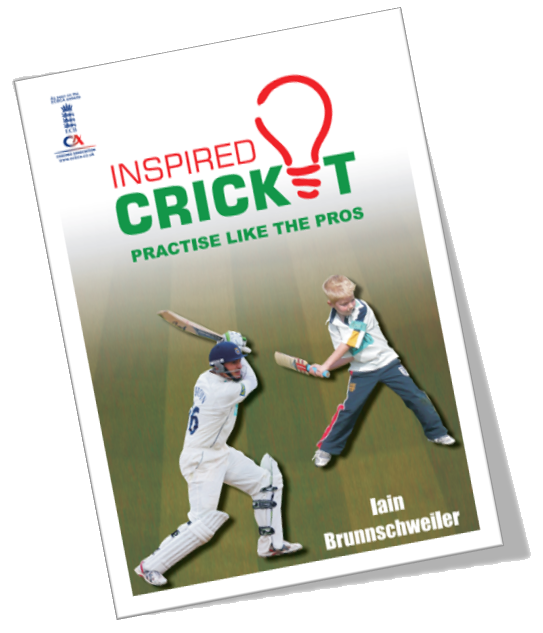|
 PitchVision Academy’s newest coaching panel member is Iain Brunnschweiler, former professional player and a coach at Hampshire and England’s Development Programme. In this article he gives an insight into a recent high performance camp he ran. PitchVision Academy’s newest coaching panel member is Iain Brunnschweiler, former professional player and a coach at Hampshire and England’s Development Programme. In this article he gives an insight into a recent high performance camp he ran.
During a recent training camp put on for a group of talented 16 and 17 year-olds in the England Development Programme, we ran a series of competitive scenarios.
During the course of the camp we looked at several different phases of a one-day game; the new ball overs, a power play with seamers bowling, a power play with spinners bowling, and an end of innings run chase.
All of these situations arise during most one-day games, so being able to get some simulated match scenarios was beneficial for several reasons.
The players were encouraged to get into the mindset that they would if they were faced with the scenario in a real life situation, and you could really see how well they focused in.
This allowed them to use their own routines, and really get the match play feeling. By having a scenario it meant that every shot actually carried some meaning, and they had to adjust their play according to the result of previous deliveries and the unfolding situation.
The bowlers had to think about the fields that they were going to set, and how they were going to bowl to those fields as effectively as possible, while the batsmen had to think about their approach related to the field and the phase of the game that was being simulated.
From a coach’s point of view, it gave valuable information about how the players perceived the situation and the plans they were putting in place.
The conversations and dialogue between the players and the coaches showed how well this worked, and I felt that there was so much positive learning going on, with players really thinking about their game and the best way to approach the situation.
Plus there was a high level of competition that was struck up between the players. And they enjoyed it.
This is a vital part of training at every level and during every session. By making things competitive you get the best out of your players effort and application, as long as you pitch the challenge at the right level for the players taking part.
And - as well as the players clearing loving the fact that they are competing (and the fun and banter that normally ensues) - you are also reinforcing key learning about putting skills under the pressure of a competitive environment.
Ultimately, players not only need to have a grasp of all of the wide variety of skills that the game of cricket demands, but they also need to be able to perform them when it matters. The best way to do this, is to have practiced them in an environment when the heat is on, even if it is just for bragging rights within the team or squad as to who won the challenge.
One of the main ideas of the Inspired Cricket Manual, is to give coaches the tools to enable them to make their training competitive, challenging and most importantly enjoyable.

If you set out a drill from the manual, there are suggested variations to help you keep the same drill fresh week after week, and also to help inspire you to think up new variations.
There are ideas for setting targets and challenges - like I did with the Performance players - whether it is for fielding, batting or bowling.
Once you’ve had a go you can start to pitch it at the right level for the players you’re working with.
How many catches in a row?
Which team can hit the stumps the most?
Can the batsmen score the runs, or will the bowler close the game out?
All of these will help get the competitive juices flowing for everyone involved. Even the simplest drill is incredibly effective if it gets the players pitting their skills against each other or a suitable target.
I have used all of the drills with a wide variety of players; it’s amazing how you can use the same drill just as effectively with a group of under-11’s and a group of professionals!
And the manual also has Pro Tips from some top international and domestic players and coaches, giving their thoughts on how to get the best out of your training.
If you make training fun, challenging and competitive, you will get the best out of your players, and they will not only be best prepared for the next time they play a match, but will have enjoyed the training too.
To emulate Iain’s work with the England Under 17 players and learn to pitch your drills to the level of your players, get the Insipred Cricket Manual from PitchVision Academy, it’s available now. Click here.
Discuss this article with other subscribers
|

.jpg)




.jpg)


